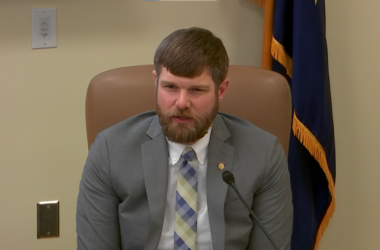The Alaska Department of Fish and Game is extending the Lynx trapping closure in Game Management Units 7 and 15.
The trapping season would have opened January 1 – February 15 of 2016 but will remain closed.
Lynx populations are still low according to harvest tracking strategies which are based on snowshoe hare populations, the main food source for lynx.
Department Biologist Jeff Selinger said snowshoe hares are at a low point in their natural population cycle.
Selinger: “Throughout the state snowshoe hare populations cycle roughly on about a ten year basis. You’ll have very few hares, the hares will start to increase and then they spike and after die off sharply.”
Based on the last spike in population, Selinger said the snowshoe hare population should spike again in about five or six years.
Lynx populations typically increase a year or so after snowshoe hare populations begin to rise.
GMU 14 remains closed to lynx trapping also.






